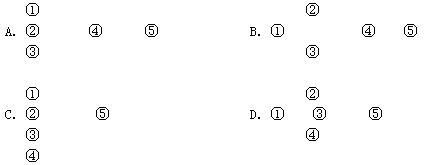There was a woman, about 30 years old, married with two children. She had grown up in a home where she was constantly criticized and often treated unfairly by her parents. As a result, she was negative and fearful, and had no confidence at all.
One day, she was hit by a car. When she awoke, she found herself in a hospital. She could still speak, but had no recollection of any part of her past life. She was a total amnesiac! Her husband and children visited her daily, but she did not know them.
Determined to understand what had happened to her, she began reading medical textbooks and studying in the specialized area of amnesia and memory loss. She met and discussed with specialists in this field. Eventually she wrote a paper on her condition. Not long afterward, she was invited to address a medical conference to deliver her paper, answer questions about her amnesia, and share her experiences and ideas. During this period, something amazing happened. She became a genuinely positive, confident, outgoing woman, well informed, and very much in demand as a speaker and authority in the medical profession. All memory of her negative childhood had been wiped out. She changed her thinking and changed her life.
Each person comes into the world with no thoughts or ideas at all, and everything that a person thinks and feels is learned from babyhood onward. The adult becomes the sum total of everything he or she learns, feels, and experiences while growing up.
Everyone is born with no self-concept at all. Every idea, opinion, feeling, attitude, or value you have as an adult is the result of an idea or impression you took in and accepted as true. When you believe something to be true, it becomes true for you, whatever the fact may be. You are not what you think you are, but what you think, you are.
小题1:What happened to the woman after the accident?
| A.She believed she was not talented. |
| B.She didn't love her husband any more. |
| C.She refused to recall her past life. |
| D.She was in complete memory loss. |
小题2:Which of the following shows the structure of the passage?

小题3:Which statement agrees with the last paragraph?
| A.Great minds think alike. |
| B.Thinking is to man what water is to fish. |
| C.Confidence in you is the first step on the road to success. |
| D.You are not what you believe, but what others believe you are. |